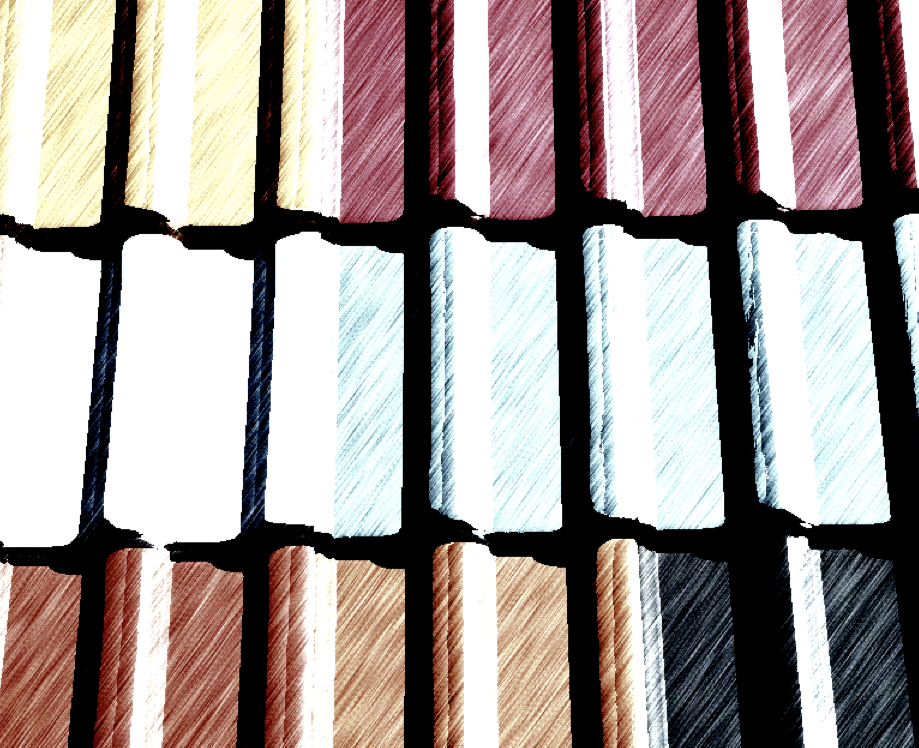Your metal roof provides you with many lifetime benefits. From durability that will last decades to an attractive low maintenance look, there are many reasons to choose metal roofing. However, there are a few key challenges associated with metal roofing that every homeowner should know. Let’s talk about some of the major challenges.
Dents and Buckling
One of the key drawbacks of having a metal roof on your home involves issues regarding “oil canning” and dents. The term “oil canning” refers to waviness that occurs in due to stress wrinkling. All materials from steel to aluminum are susceptible to wrinkling. There are several ways to reduce this issue like using a thicker metal in construction, use a finish that minimizes the issue aesthetically, and choosing an experienced installer. Dents can occur during extreme weather events like hail. Once again, speak with your installer about ways to reduce this issue.
Chalking and Fading
Sunlight will affect the finish of your metal roofing. Over time the UV exposure will cause the paint to fade. Water, chemicals, and pollution also contribute to fading. “Chalking” simply refers to the white appearance of paint resin that is deteriorating. Unevenness also occurs.
This problem is easily avoided by using the right type of paint. Speak with your contractor about your concerns about fading and chalking over time. Purchase a warranty that will cover fading as an extra means of protection against natural wear and tear. This will minimize issues over the life of the roof.
Corrosion
The reality is that a homeowner that purchases a metal roof will probably never have to worry about replacing their roof ever again. These types of roofs can last over half a century, and a good installer can minimize corrosion and wear. However, be sure to be aware of issues like saltwater corrosion for coastal homes, interactions between metals that lead to damage, and rusting at cut edges. The proper coating will prevent underside corrosion.
Speak with your metal roof installer at length about preventing types of corrosion with the right paint and materials. This will give you peace of mind when installing your metal roofing.



